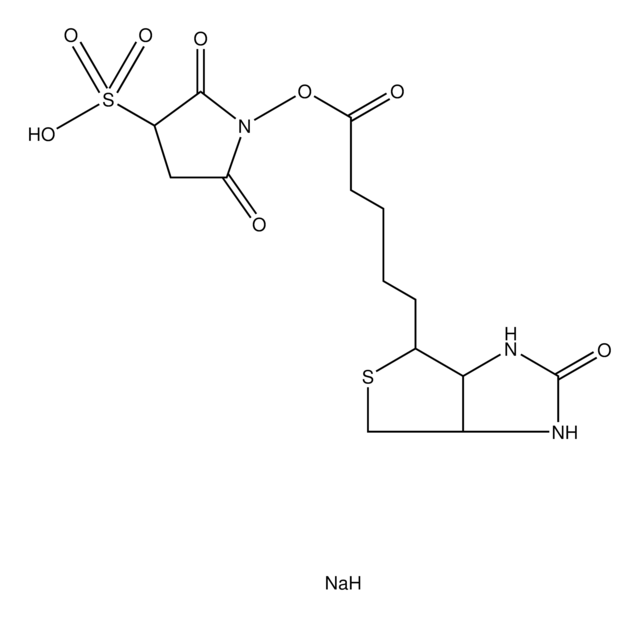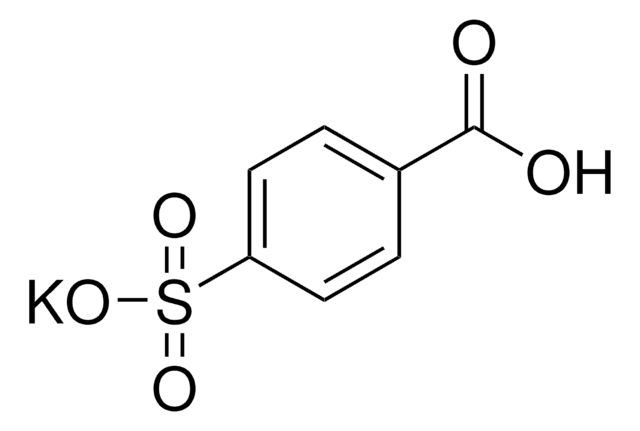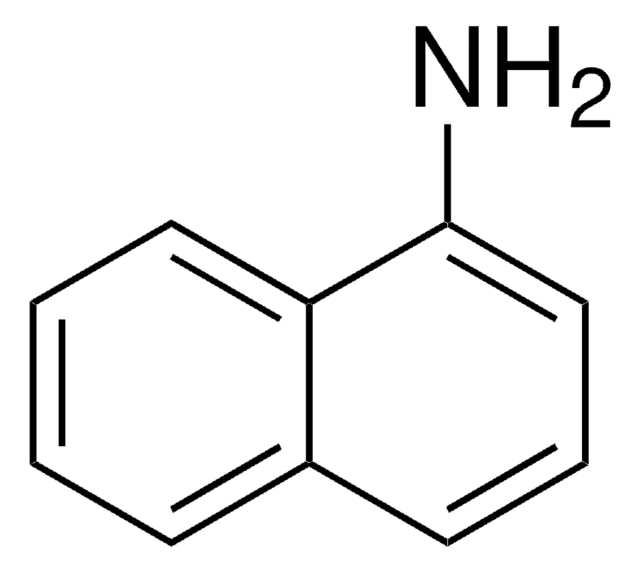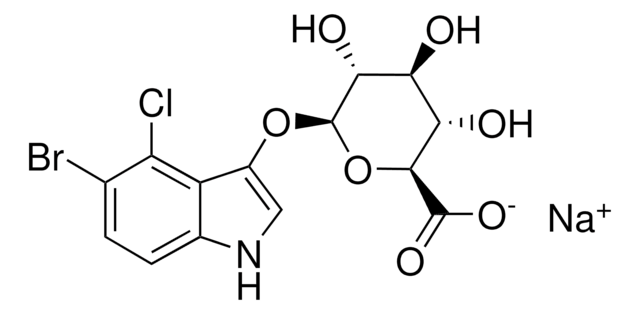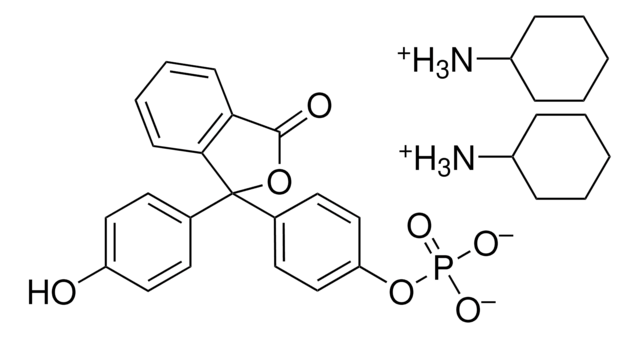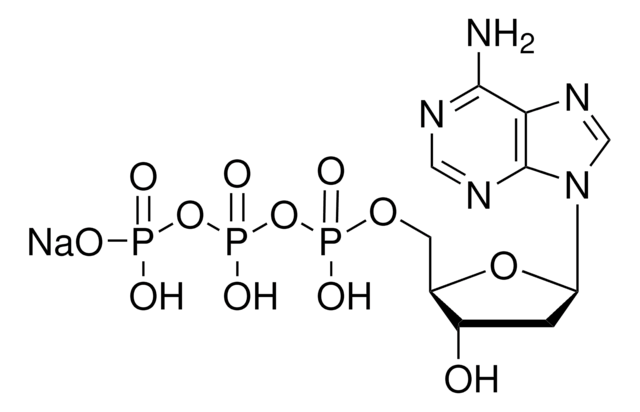B1022
Biotinamidohexanoic acid 3-sulfo-N-hydroxysuccinimide ester sodium salt
≥90% (TLC), powder
Sinônimo(s):
Sulfosuccinimidyl 6-(biotinamido)hexanoate
About This Item
Produtos recomendados
Nível de qualidade
Ensaio
≥90% (TLC)
Formulário
powder
solubilidade
H2O: 10 mg/mL
DMF: 50 mg/mL
temperatura de armazenamento
−20°C
cadeia de caracteres SMILES
[Na].OS(=O)(=O)C1CC(=O)N(OC(=O)CCCCCNC(=O)CCCCC2SCC3NC(=O)NC23)C1=O
InChI
1S/C20H30N4O9S2.Na.H/c25-15(7-4-3-6-13-18-12(11-34-13)22-20(29)23-18)21-9-5-1-2-8-17(27)33-24-16(26)10-14(19(24)28)35(30,31)32;;/h12-14,18H,1-11H2,(H,21,25)(H2,22,23,29)(H,30,31,32);;
chave InChI
KDRVGWAQYRWAJF-UHFFFAOYSA-N
Procurando produtos similares? Visita Guia de comparação de produtos
Descrição geral
Aplicação
Exoneração de responsabilidade
Palavra indicadora
Danger
Frases de perigo
Declarações de precaução
Classificações de perigo
Repr. 1B
Código de classe de armazenamento
6.1C - Combustible acute toxic Cat.3 / toxic compounds or compounds which causing chronic effects
Classe de risco de água (WGK)
WGK 3
Ponto de fulgor (°F)
Not applicable
Ponto de fulgor (°C)
Not applicable
Escolha uma das versões mais recentes:
Certificados de análise (COA)
Não está vendo a versão correta?
Se precisar de uma versão específica, você pode procurar um certificado específico pelo número do lote ou da remessa.
Já possui este produto?
Encontre a documentação dos produtos que você adquiriu recentemente na biblioteca de documentos.
Os clientes também visualizaram
Nossa equipe de cientistas tem experiência em todas as áreas de pesquisa, incluindo Life Sciences, ciência de materiais, síntese química, cromatografia, química analítica e muitas outras.
Entre em contato com a assistência técnica
